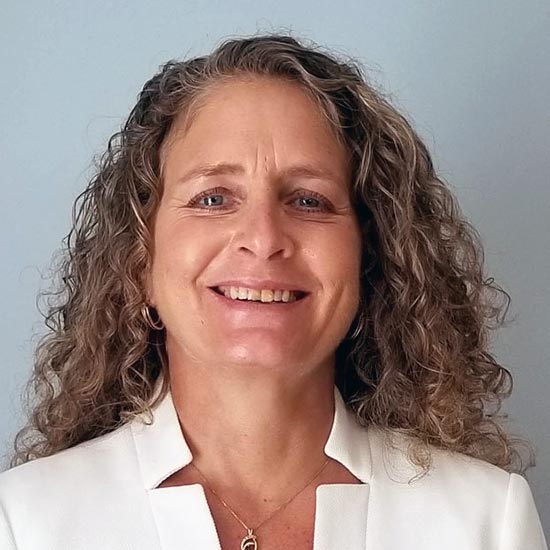Redefining Work Roles and What's Important, Part 1
Tambellini Author

In times of disruption, it is helpful to focus on the goal. For the higher education community, the goals are deeply rooted in teaching, learning, and supporting the community served by the institutions. Although the way we approach these goals has changed rapidly since the start of 2020 and is changing daily, higher education at the core is still about teaching, learning, and supporting each other. In supporting each other through the disruption of the COVID-19 pandemic, roles and approaches are being redefined while we continue to stay focused on the goals.
Going remote, online, or virtual, is going to alter how you work and engage with your teams and the constituents served by your institution. Setting and often resetting priorities as the disruption continues to change our lives will be critical to keeping your groups and community engaged while providing a sense of some normalcy.
Leveraging our conversations with higher education institutions and the direct experience of our analysts, we thought it would be helpful to provide some insights and ideas for redefining your institutions to meet the changing needs.
- Teaching, learning and supporting the community.
- Identify routines that may not be needed, such as classroom technical support.
- Identify operations that are changing and need assistance, such as the call center and academic affairs resources, which have been primarily engaged in in-person and on-campus activities.
- Leverage connected resources, such as administrative assistants, to assist in keeping the community connected as they practice social distancing and remote work.
- Managing change as the constant, and resetting priorities.
- Acknowledge this with your teams and work on clarifying the current state, knowing it can change at any time. Set their expectations for ongoing change.
- Develop the agility of your teams to work with what they know, and be willing to change as new information and directions are received.
- Use the technology you have, even if in a new way. We heard this week about an institution deploying Microsoft Teams in days to support their connected work. It may not have been perfect, but it was apparent it was helping their teams work through these challenging times, with the support of each other.
- Set clear expectations for your teams that are realistic to the situation.
- Understand you have extended your working environment to your teams’ homes. Dogs bark, kids can interrupt, and you may end up on YouTube like the professor on the BBC in 2017.
- Hold daily check-ins with your team. Use video if you can record them and, at a minimum, post an agenda with notes to keep everyone connected, even if they can’t attend simultaneously.
- Be flexible and understand your teams’ work is not likely to happen for everyone during the regular business hours. It may be spread out through the day or even throughout the week as they balance the demands of ensuring their families continue to thrive during the disruption.
- Connect with peers to share what is working, what is needed, and all the successes you are creating as you change your organization overnight, without a pause button.
- Connect directors across areas to share what they are doing, what is working, and what hasn’t worked, and how they have continued to adjust.
- Engage with Financial Aid and understand the ability to continue to leverage work-study students for a variety of needs, including supporting students and faculty.
- Be present for your community and work within what is known to continue to thrive as a community.
Higher education is the most committed industry of people I have ever experienced. The passion and commitment to help others are overwhelming. Allow people to identify how they can help, even if outside their role and responsibility, and leverage their passion and commitment. There are many stories about how long it takes higher education to react and change. However, more stories in 2020 would negate that history.
Be safe as you make this journey forward, and please let us know if we can assist in any way.
Categories
- Academic Administration
- Advancement
- Content Management
- CRM Platforms
- Customer Experience (CX)
- Cybersecurity
- Data Management and Analytics
- Enterprise Portals and Mobile Apps
- Event Management
- Finance
- HCM/HR
- IT Tools and Infrastructure
- Life at Tambellini
- Services
- Student
- Teaching and Learning
- Technology Leadership
- Thought Leadership
- Uncategorized
Share Article:

Other Posts From this Author:
© Copyright 2024, The Tambellini Group. All Rights Reserved.